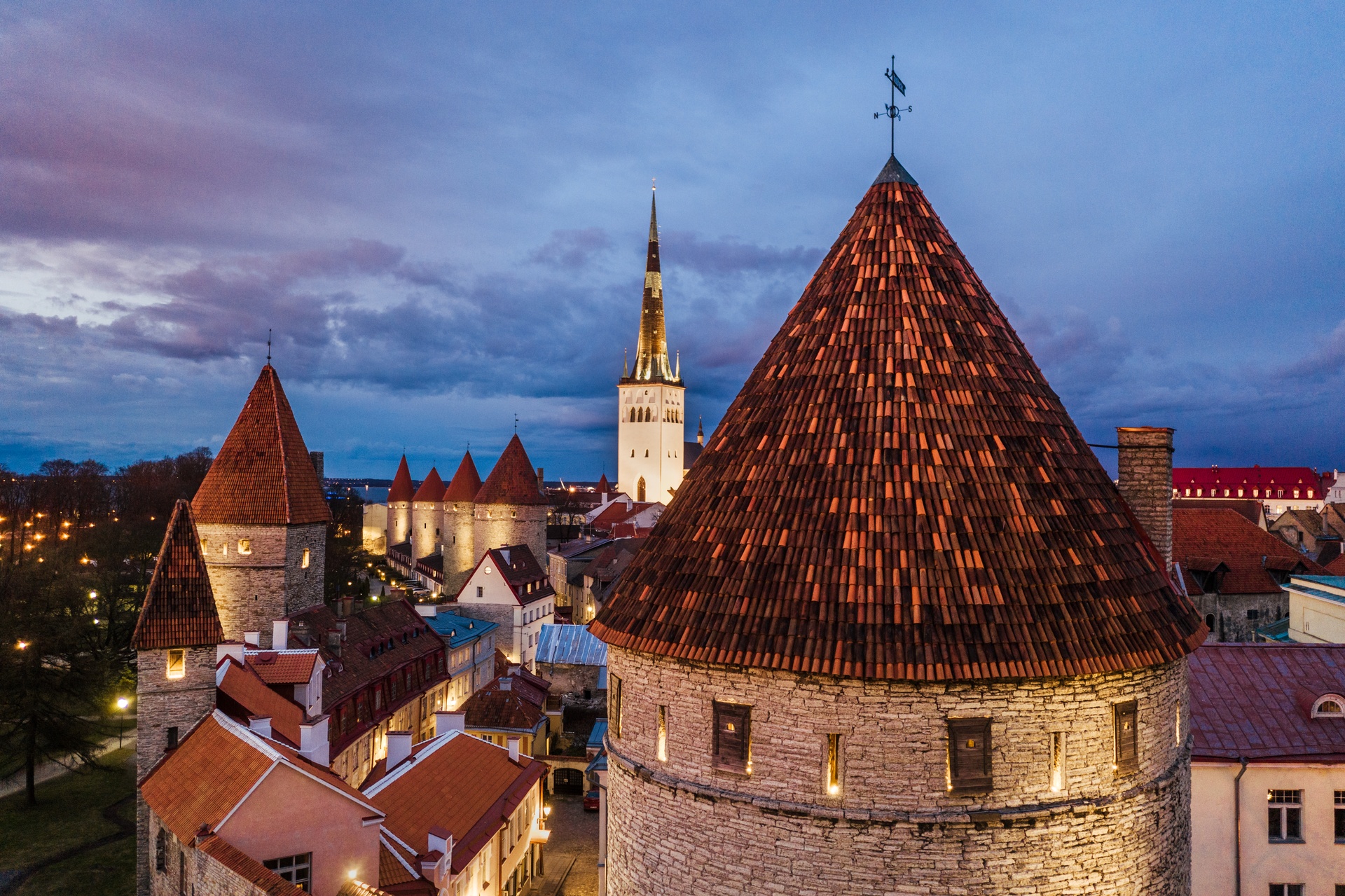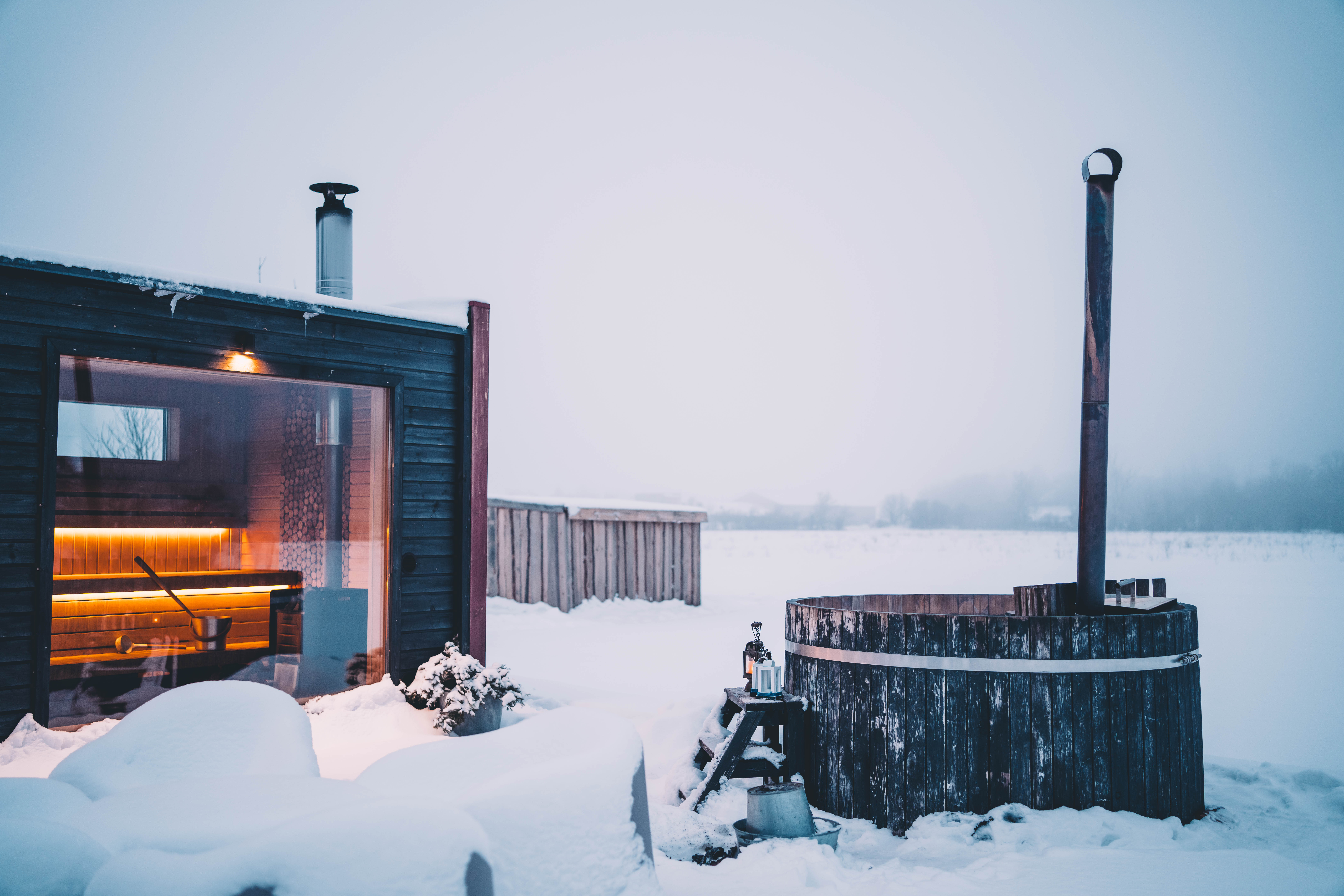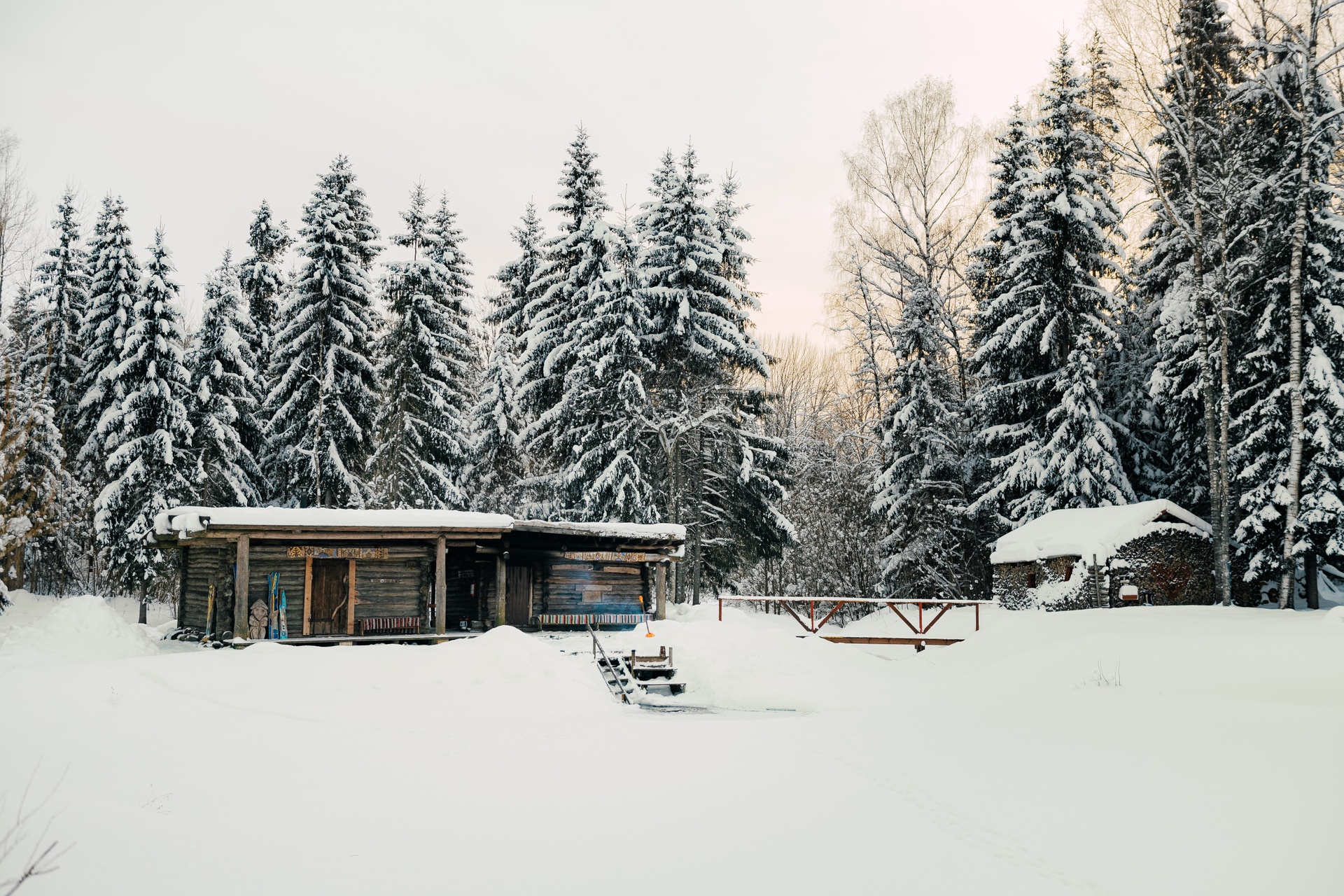
An inside look at the Võro smoke sauna tradition
The UNESCO-listed Võro smoke sauna tradition has both practical and spiritual sides. Adam Rang walks you through every part of this ancient tradition.
Adam Rang is a British-Estonian entrepreneur. In his spare time, he and his partner, Anni, explore Estonian sauna culture. Read on for a closer look at the smoke sauna traditions of Võru County in South Estonia.
The first thing we notice is how easy it is to breathe.
Anni and I are crouched inside a smoke sauna while it's being prepared for us in the Võrumaa region of Estonia. Beside us is a crackling wood fire under a pile of large stones, from which white smoke is spewing upwards.
A smoke sauna has no chimney, so the smoke hangs in the air above us, ending abruptly just above the top bench.
There's enough space to lie down there, if needed, below the smoke where the warm air has a rich aroma but is surprisingly clear. The smoke is white because it is burning as a full fire with plenty of oxygen, while the door is kept open during heating to enable fresh air to flow in and smoke to drift out. "We are not heating the sauna," explains Eda Veeroja, who is crouched down with us. "We are heating the stones."
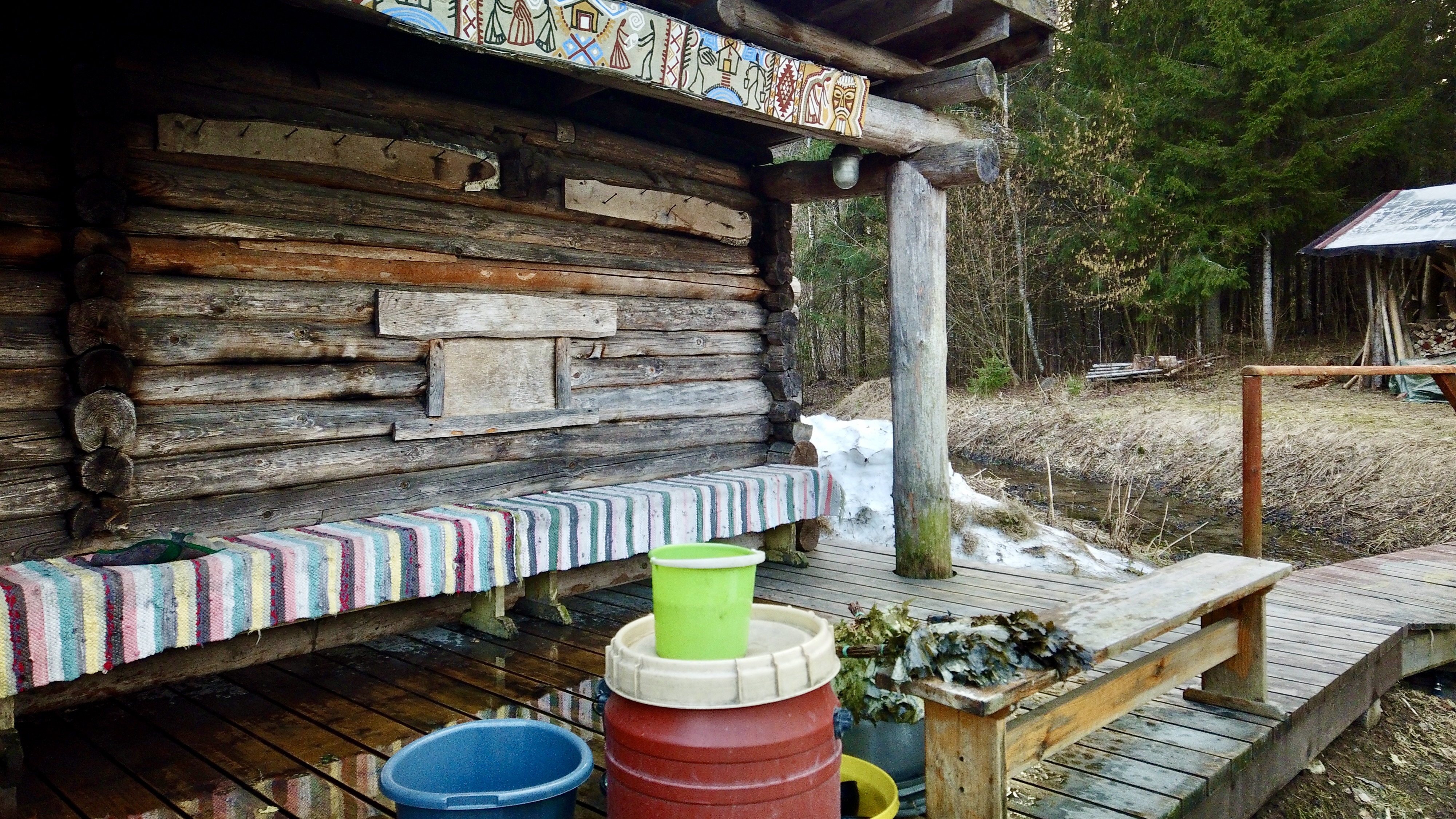
Photo author: Hillary Millán
After six to eight hours of heating, the fire will be left to die out, and then the last of the smoke will be ventilated.
The air will be completely clear to the ceiling once it is time to enter later for bathing. The stones, however, act like ancient batteries. They've been absorbing and storing the heat energy from the fire all day so that they will continue to radiate heat for us long into the night.
The sauna tradition, as most people around the world know it today, originated in this way among Finno-Ugric peoples living around the Baltic Sea region. Other cultures have their own sweat bathing traditions, similarly based on heating stones in other ways.
After thousands of years of smoke saunas, chimneys were introduced towards the end of the 19th century and became more common in saunas across Estonia by the 1920s. And since the restoration of Estonian independence in 1991, electric saunas have overtaken them in popularity, too.
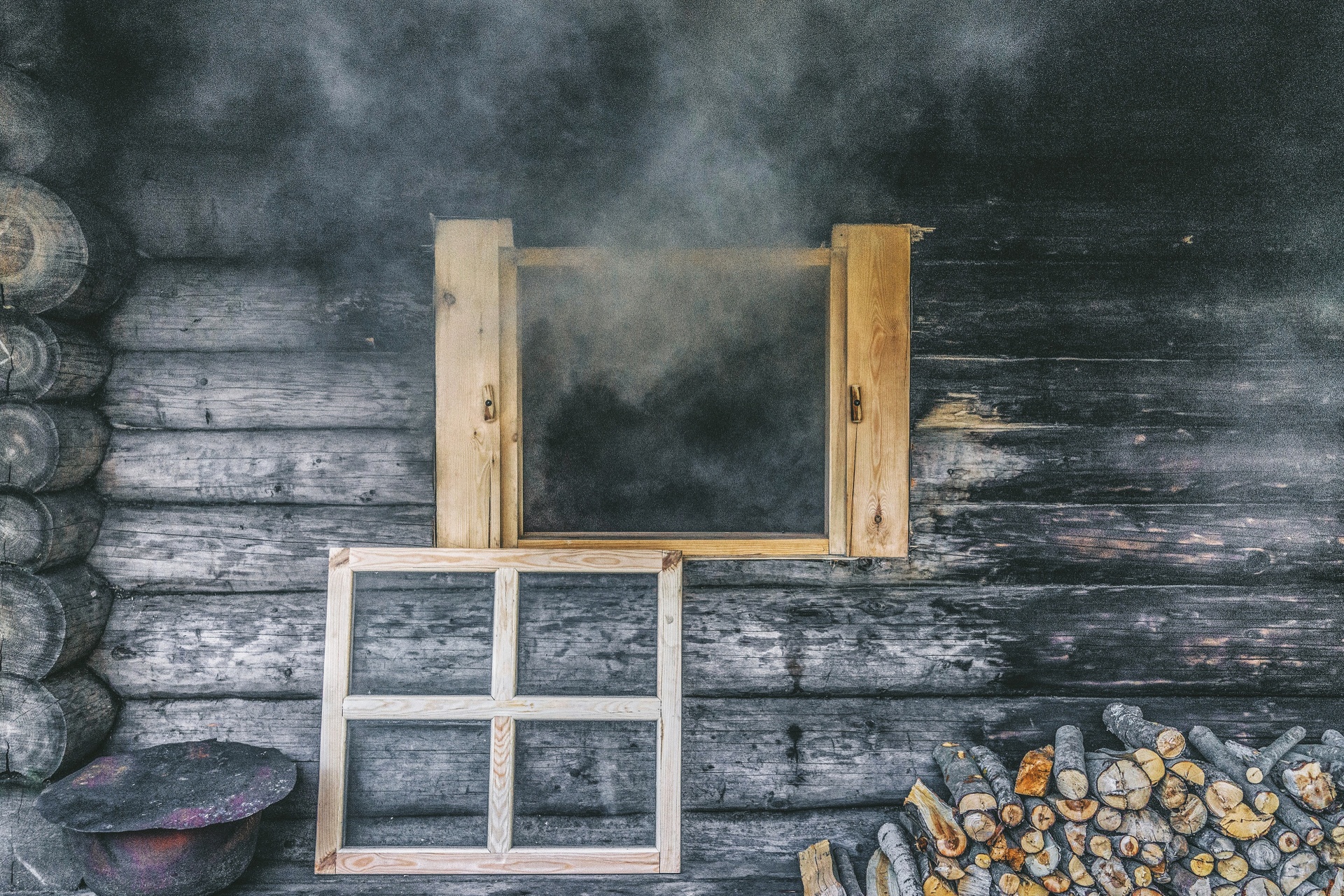
Photo author: Tõnu Runnel
Comparing those saunas to a smoke sauna is like comparing fast food with fine dining.
In fact, Burger King in Helsinki does indeed have its own sauna of dubious quality. While wood-fired and electric stoves have made major advancements in recent years to bring back the emphasis on heated stones, the smoke sauna remains the most revered of all saunas — and new ones are still being built today.
And Eda's smoke sauna is the most revered of them all here in Estonia.
It's located at Mooska Talu (farm), which she runs with her partner, Urmas. Together, Eda and Urmas are among the most influential guardians of the local Võro culture. In recent years, their smoke sauna has reached the New York Times Magazine, the Boston Globe Magazine, and BBC Travel. Eda remains humble, although she smiles, remembering the controversy caused by one of those covers, which alarmed some of its more conservative readers. This is somewhat ironic, considering it depicted traditional values being conserved.
Listed by UNESCO
In 2014, following a five-year application process, Eda and Urmas successfully convinced UNESCO to inscribe the Võro smoke sauna tradition into its Representative List of the Intangible Cultural Heritage of Humanity.
The list is kept by the UN body to demonstrate the diversity of human heritage and raise awareness of the importance of preserving it. There's a common misunderstanding about this, though. Journalists often write that it's the smoke saunas that are listed. In fact, it's the smoke sauna tradition. That distinction is important because the sauna is not just a hot room or a building. Here, it's a way of life.
As explained by UNESCO, "The smoke sauna tradition is an important part of everyday life in the Võro community of Estonia. It comprises a rich set of traditions including the actual bathing customs, the skills of making bath whisks, building and repairing saunas, and smoking meat in the sauna".
Photo author: Visit Estonia
"All human life is here. Everything in the sauna has both a practical and a spiritual purpose," clarifies Eda.
That's not quite the impression you would get from visiting an average gym sauna today. Yet throughout history, the sauna has always been a multi-functional space and an integral part of Estonian culture — serving the needs of humans to survive and thrive in this sometimes challenging landscape and ultimately understand who they are.
Remember that space on the top bench beneath the smoke? There is indeed a good reason why it might be needed, even during the heating process. That is the traditional place of birth and healing for Estonians, long before hospitals were available. The sauna could be lightly heated at the same time to provide some comfort.
The sauna is not just for humans. Animals, such as chickens, shelter inside here, too — just not when it's being used for bathing.
And, after their lives, they are cooked and smoked there, too. This is the main product of Mooska Talu. Their sauna-smoked meat is sold at markets across Estonia, although the occasional car pulls up during our visit to buy it directly from them, too.
Unsurprisingly, Estonia's modern commercial food hygiene rules are less enthusiastic about preparing food in the same space where people bathe. There is a loophole, though. Here, and at other commercial providers, a separate sauna has been built just for smoking meat.
Pork is most commonly smoked in the sauna, but lamb, poultry, and venison are also commonly prepared there in the Võru region. The smoking process is complex and infused with old traditions. It's a skill that's passed down through generations. The meat is soaked in salty water for at least a week and then placed in the sauna on special shelves or hooks from the ceiling, first with the rind facing the floor.

Photo author: Ekvilibrist
The smoking process lasts two to three days. During that time, the fire is kept alive, and the meat is periodically turned in order to get just the right exposure to both heat and smoke simultaneously.
Historically, families across Võromaa would commonly smoke their own meat on their home farms. Over the past few decades, though, the proportion of homes here with their own animals has declined sharply. Sauna-smoked meat is still widely enjoyed, but the skill of preparing is now left to the wisest members of the Võro community — like Eda and Urmas.
Want to know how it feels to go to a smoke sauna? Where is Võrumaa? What is a sauna state of mind?

Photo author: Hillary Millán
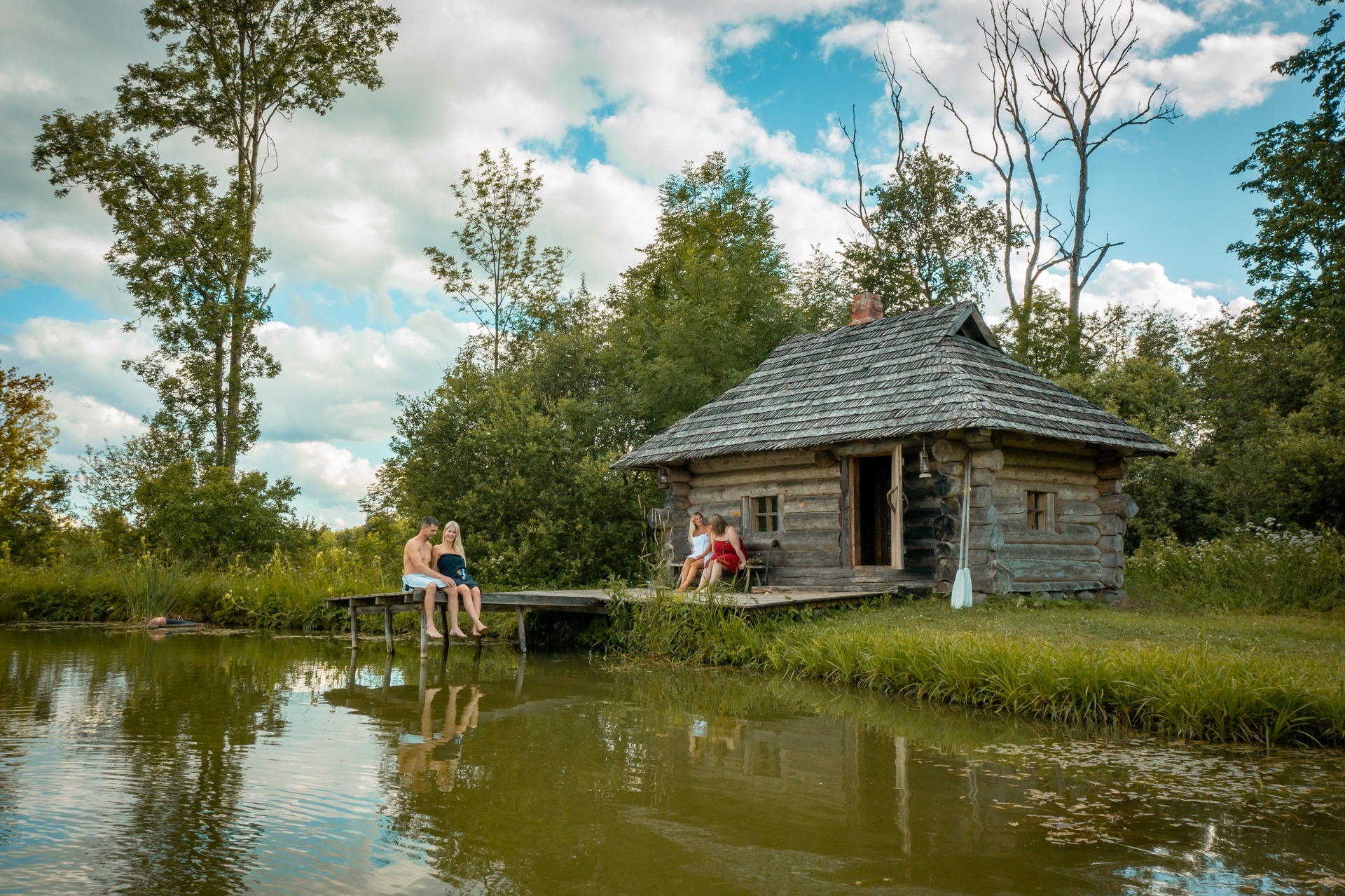
Get inspired
Last updated
05.12.2025
